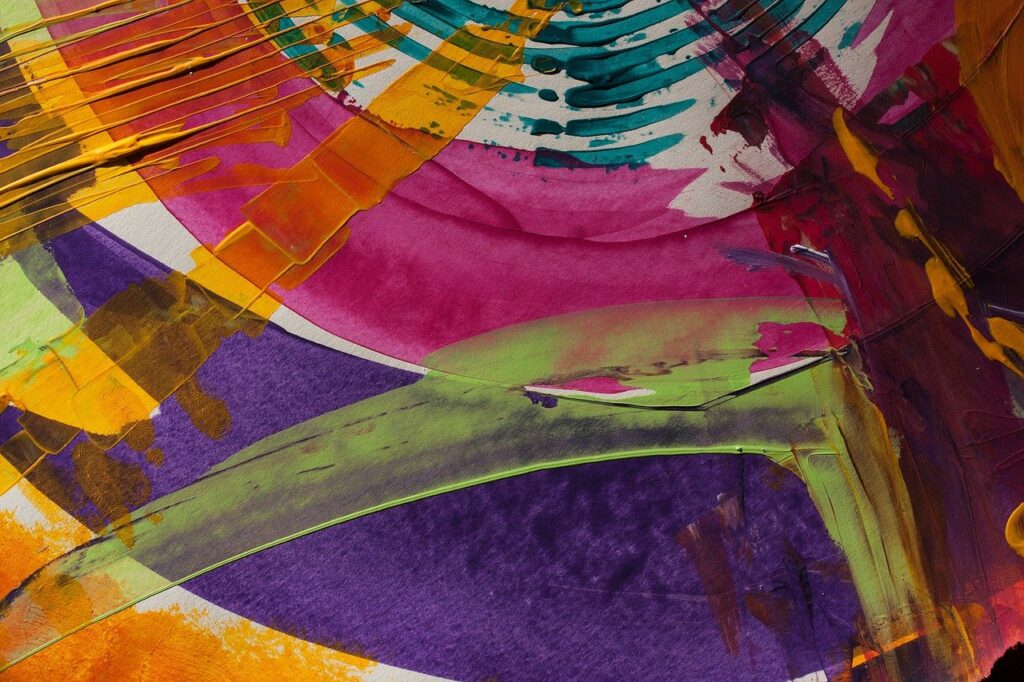
Reframing Perceptions: The importance of Art Integrated Learning
The end of art and play is the starting point of violence: Blaise Joseph
A two-day workshop held in New Delhi on 3-4 October 2019 both demonstrated and explored how the global trend of art as a thinking tool and an enabler of multi-lateral learning is gaining growing acknowledgement by policy makers, curriculum designers, educators and independent learners and innovators.
150 participants from across India came together to share their experiences as teachers and/or practitioners of some form of art- be it visual, creative, communication design or photography. They participated in a multitude of lecture- demonstrations, interactive workshops, discussions, and walkabouts, being exposed to global and modern Indian trends, the changing and expanding focus of pedagogy, and tools that could escalate the potential of the teaching- learning experience.
Dr. Pawan Sudhir, Head of Art and Aesthetics of NCERT, recalled the National Curriculum Framework of 2005 that endorses art integrated learning and recognizes art as a key subject in all grades from 1-10. She re-iterated that the Ministry of Human Resource Development has recognized the valuable place art holds in terms of developing key life skills and well-rounded thinking dispositions.
Jenny Hong Kim, Art Educator teaching at the University of South Korea who also participated in the Harvard’s prestigious Project Zero, spoke about how latest neuroscientific assessments now recognize that the ‘a-ha ‘ moment of creative genius is not really a bolt from the blue but rather, a creative disposition and the so called ‘genius’ can be cultivated by developing certain thinking dispositions. She demonstrated how progressive curriculum encourages students to both ‘zoom in’ and look at the ‘bigger-picture’ whenever they are perceiving anything to bring in dual perspectives. In today’s era of impatience and instant responses, she highlighted the need for the three step – ‘See-Think-Observe’ framework that must be encouraged in children so that they do not miss the finer details and overlook important observations.
Maya Thiagarajan, Harvard scholar, teacher & Founder of Tree Learning, a platform to re-imagine teaching spoke about the crucial link between art and language which are both metaphors that turn powerful abstract sensations into real evocative experiences by engaging with the senses. Using a portrait by the famous Freida Kahlo, she enabled the participants to engage with the work through the ‘see-think-observe’ framework and draw different inferences. She demonstrated how both art and language could be used to expand the scope of any subject and engage the learner at many different levels.
Taking the same thought forward was the talk by Mumbai based independent artist Shilpa Gupta, who’s thought-provoking installations have received global acclaim. Two of her works are currently being showcased at the Venice Biennale. Talking about how she develops her themes, she cited the work of artist Diego Riviera, who espoused ‘art as the politics of your life.’ Her acclaimed work ‘In your Tongue I cannot fit’ evokes the visceral horror of a hundred writers who have been jailed for their.
